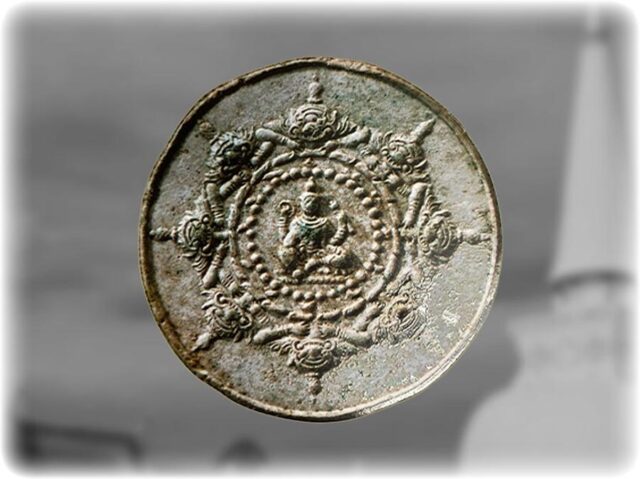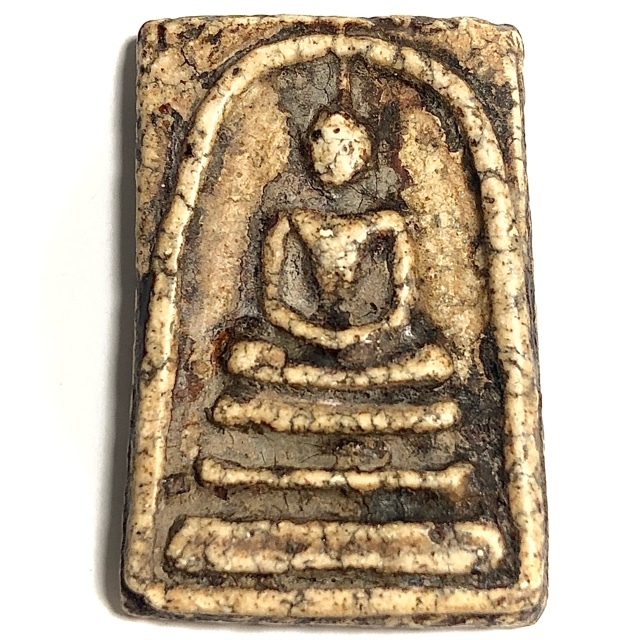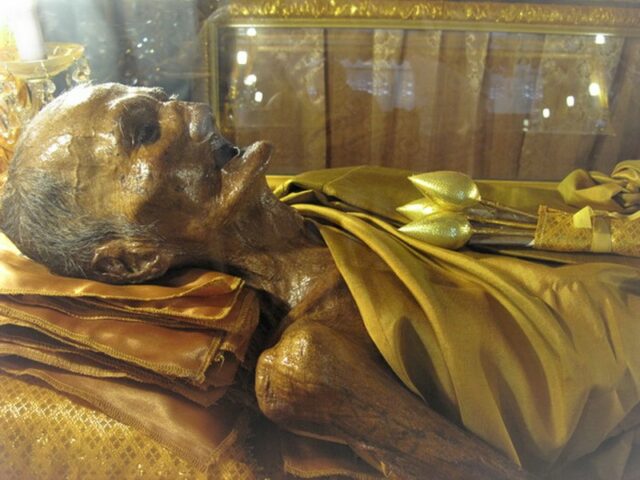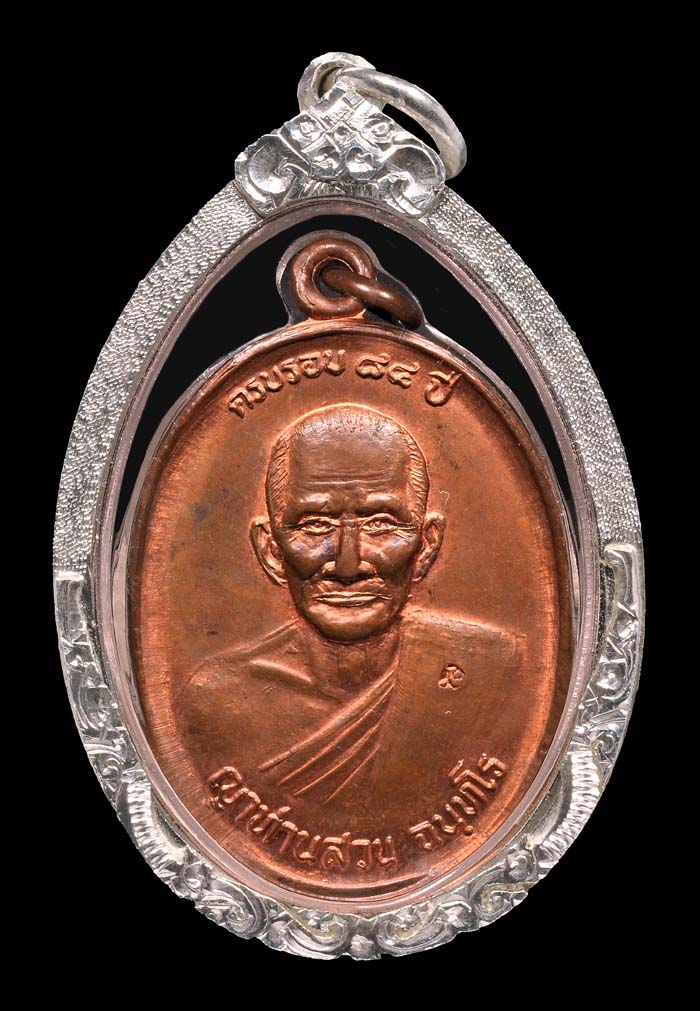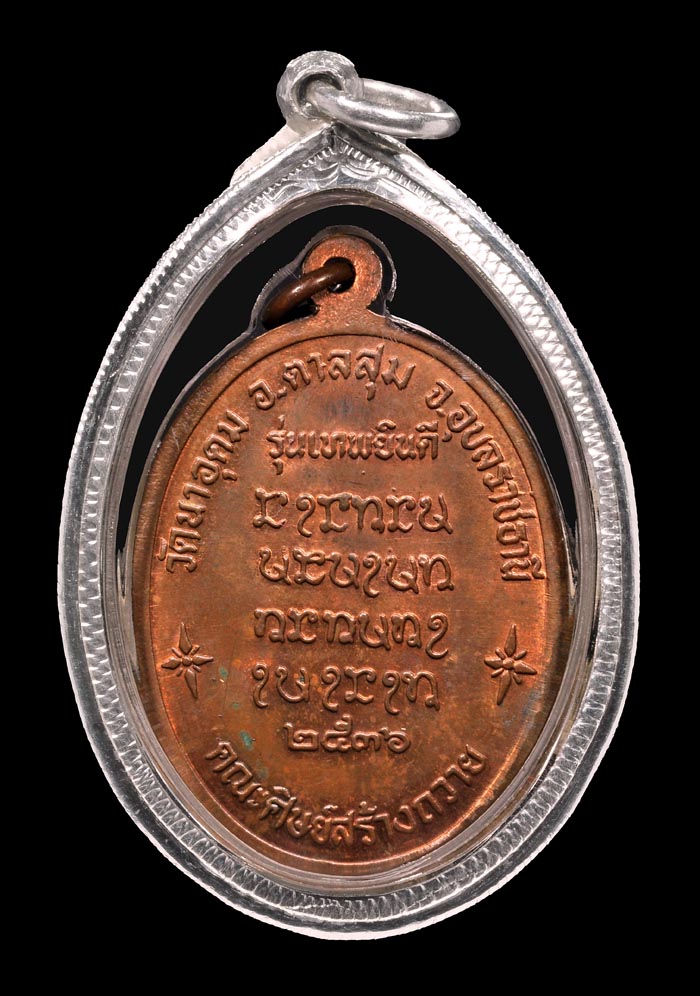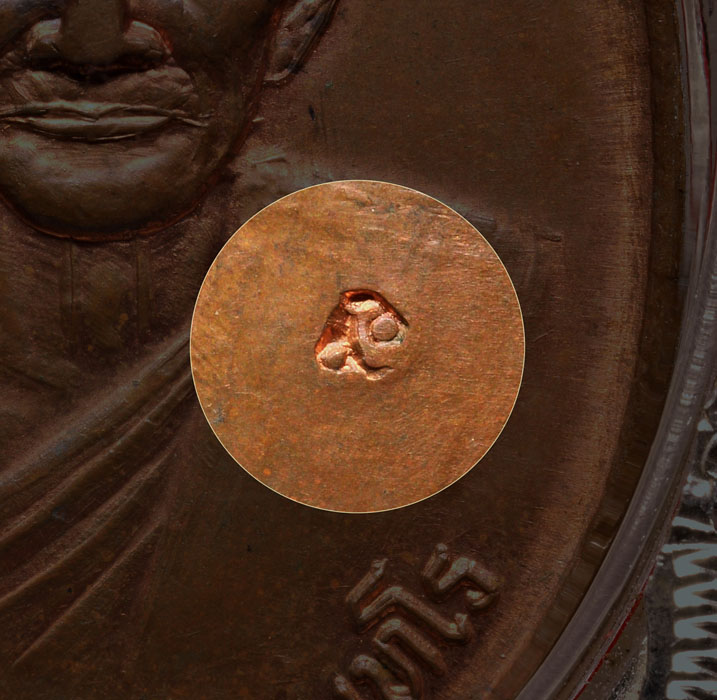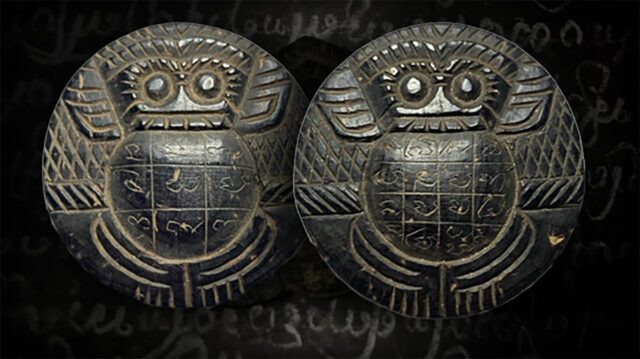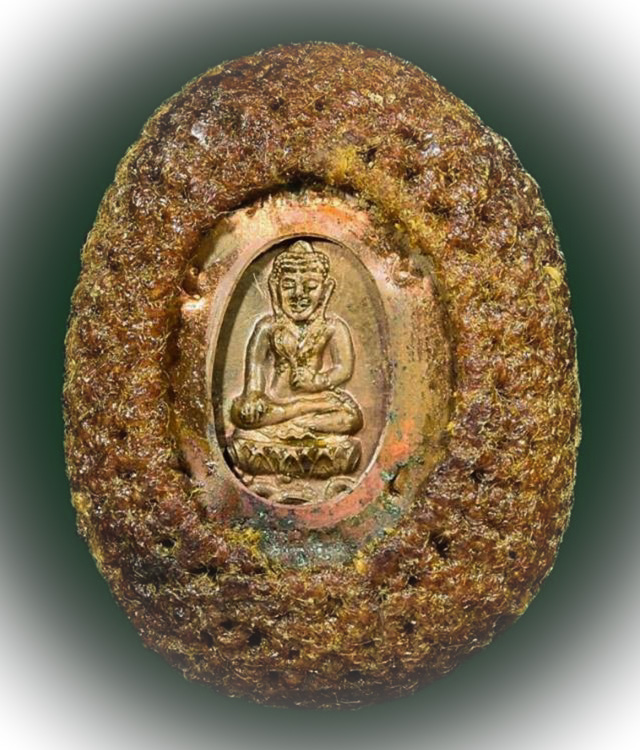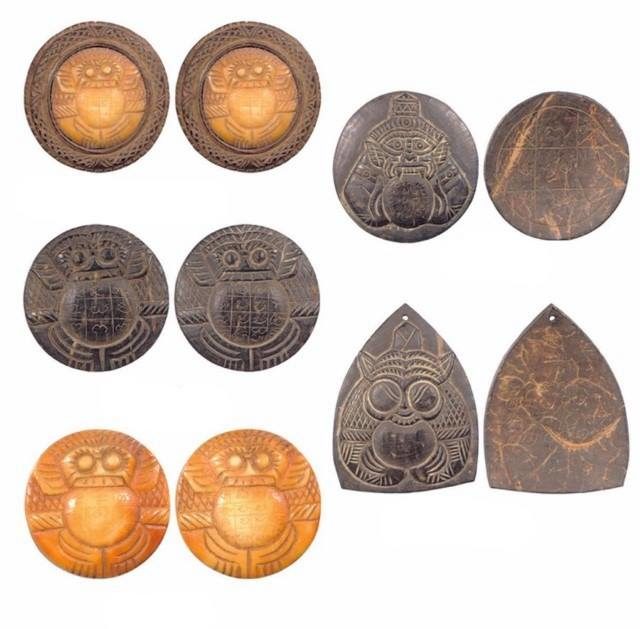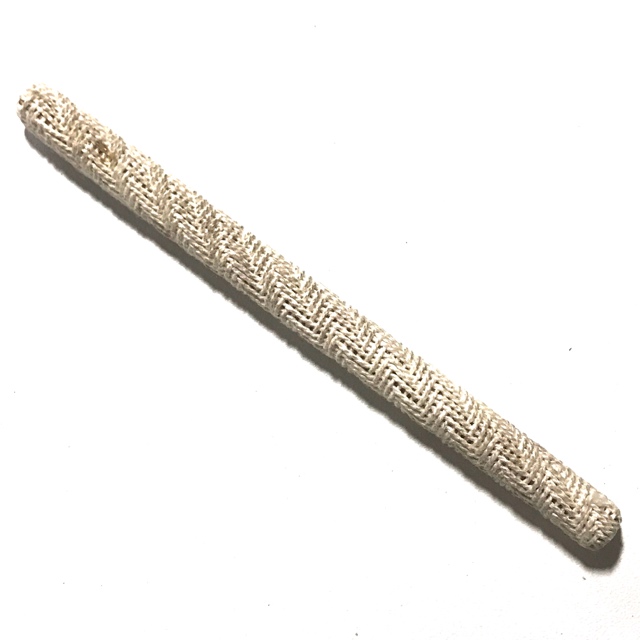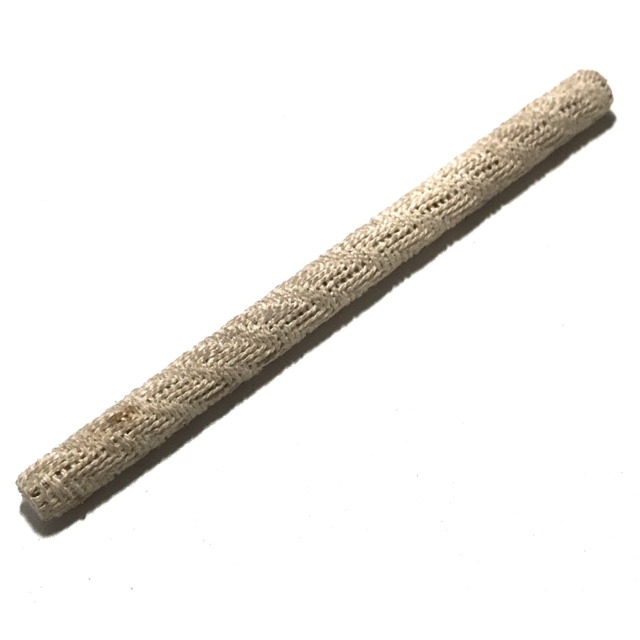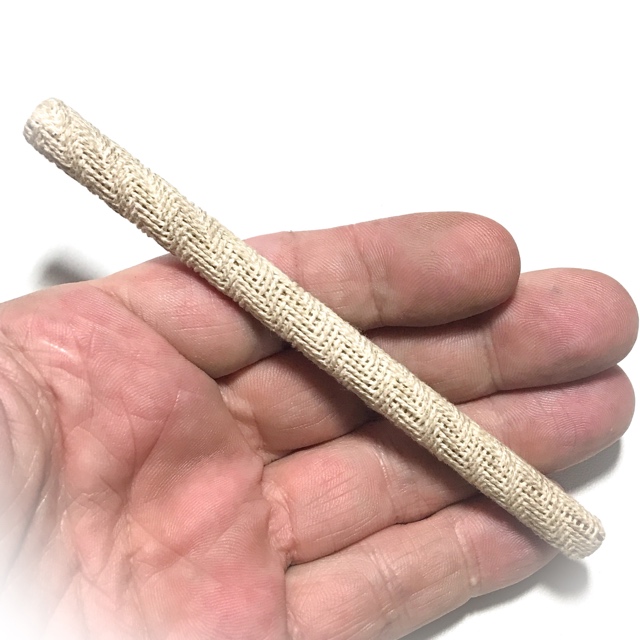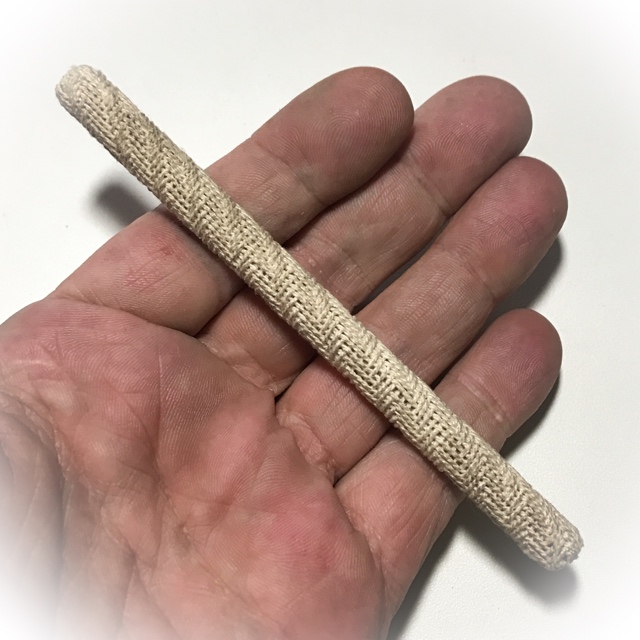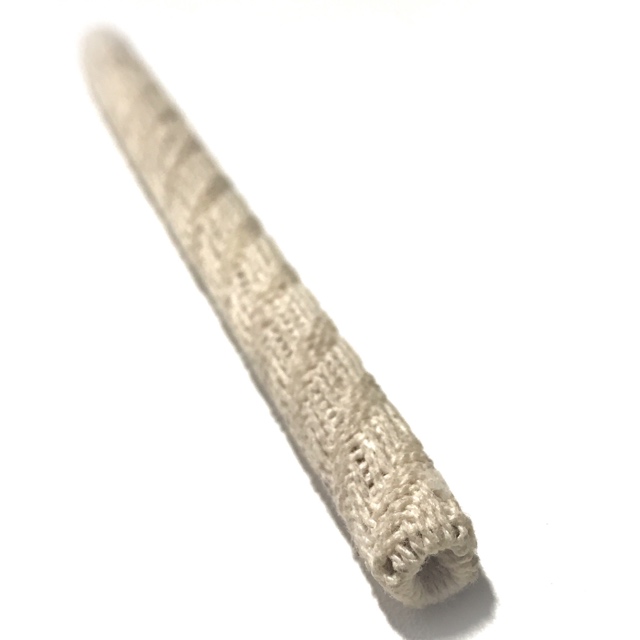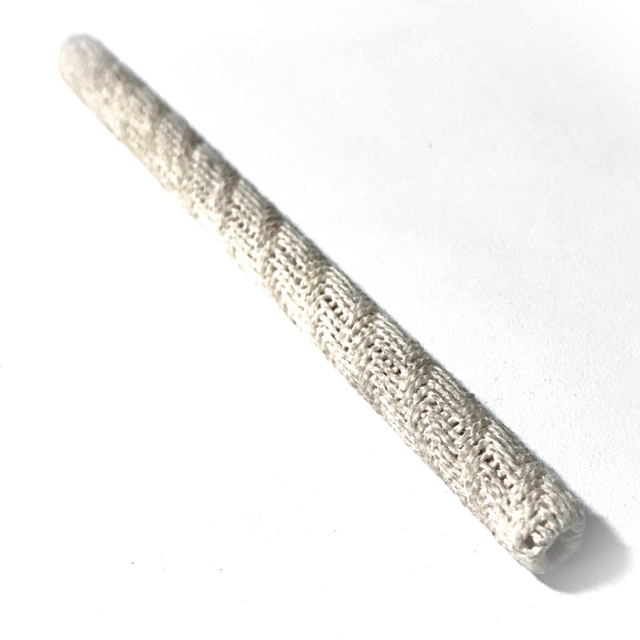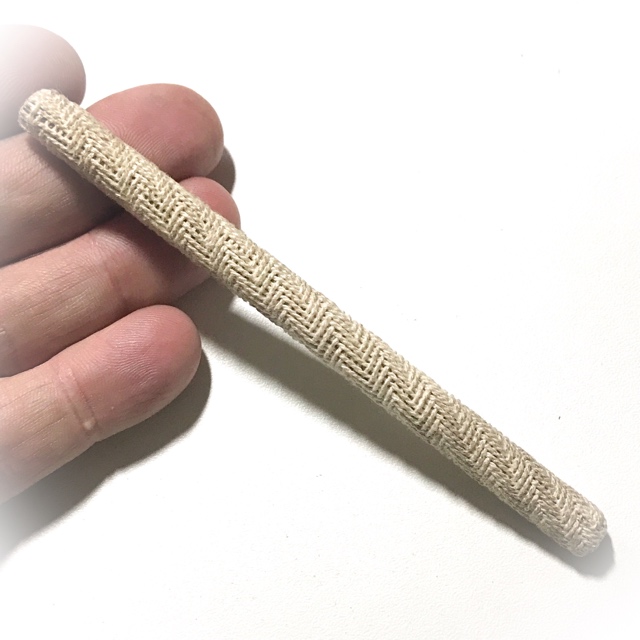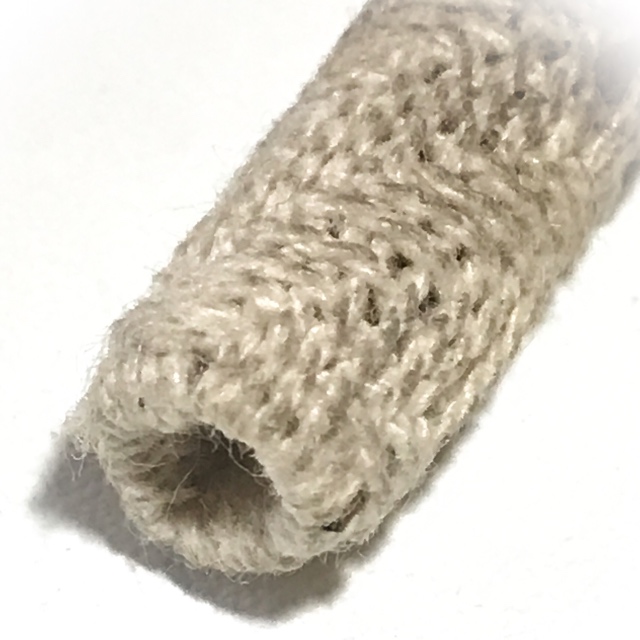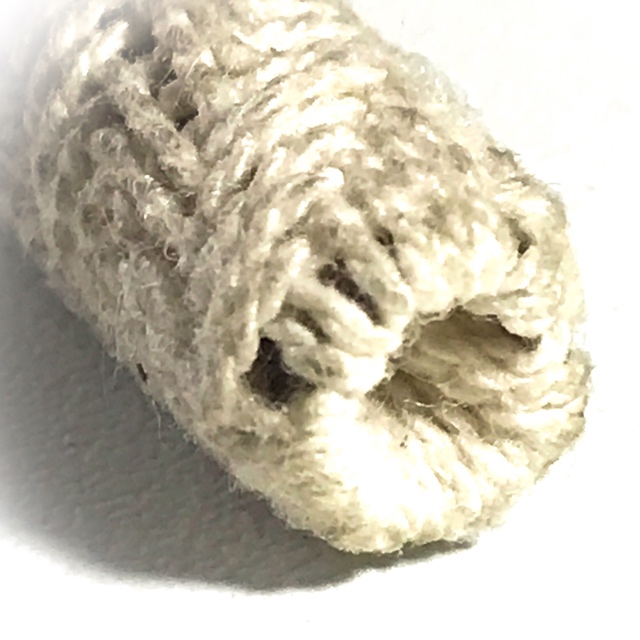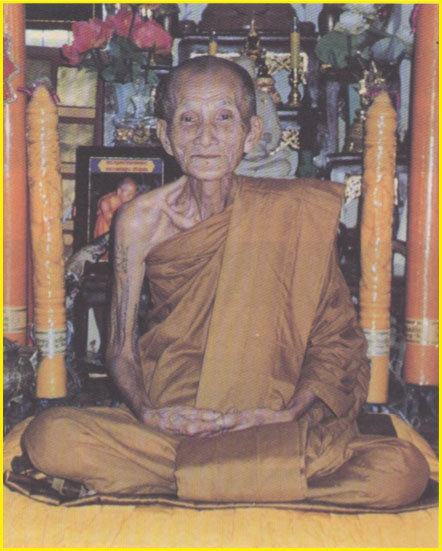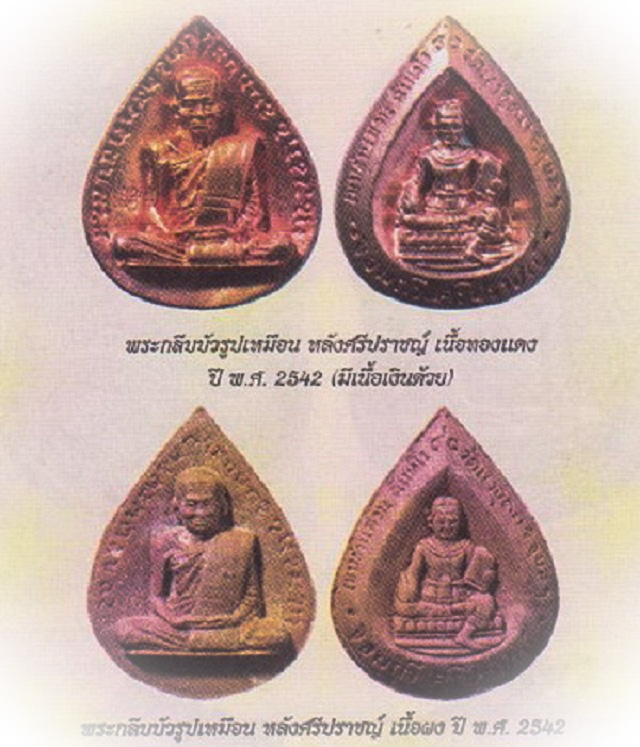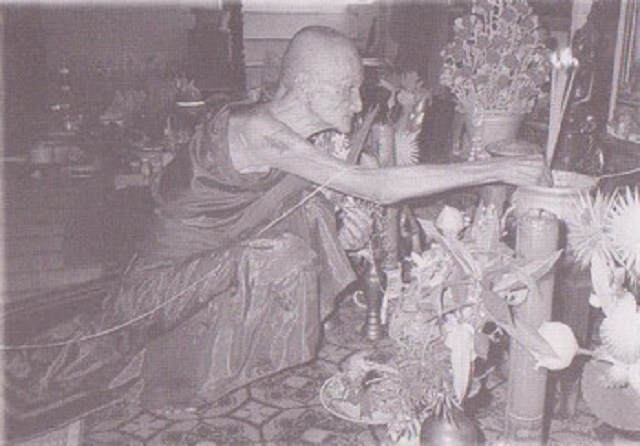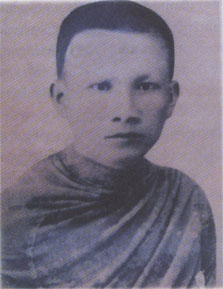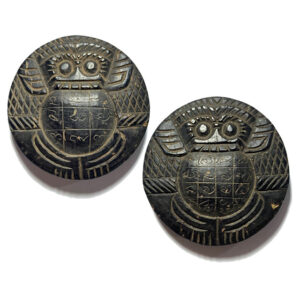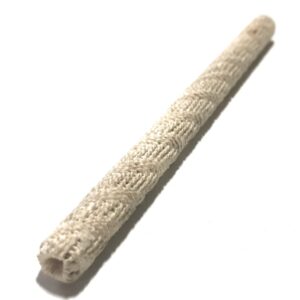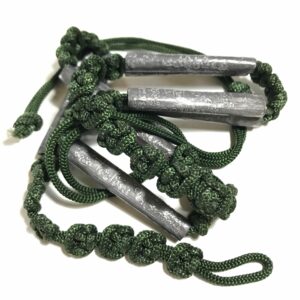Since ancient times, the worship of amulets and other sacred artifacts has become ingrained in Thai culture. Each amulet is a representation of the Thai way of life, which is closely entwined with agriculture, familial ties, graistitude, history, and influences from other religions and nations, in addition to a multitude of animist, necromantic, and also superstitious beliefs. Learn about twelve Thai amulets that are highly revered by both Thais and foreigners.
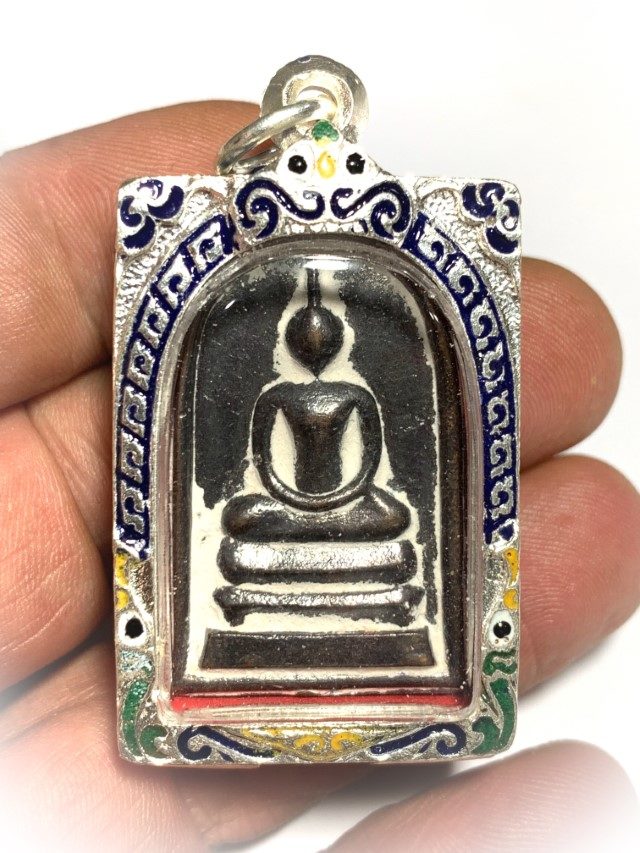
Phra Somdej: This is one of the most famous and valuable Thai amulets. It was created by Somdej Phra Buddhajahn Toh Prommarangsri (Somdej Toh), who was a son of King Rama I. The amulets are made from a mixture of shell lime, holy powder, assorted flowers from shine, rice, lotus, ashes, honey, banana, tang oil, etc. They are then chanted with spells and meditated upon. Phra Somdej amulets are believed to bring good karma and strong protection against negative energy. Here are some of the most famous editions of Phra Somdej amulets which all renowned historically;
Above; A Master Class ancient amulet of the Benjapakee Immortal Classic Family, the Pra Somdej Wat Rakang Pim Chang Luang Wijarn, with Rak Chart (ancient red lacquer), of the great Somdej Pra Puttajarn (Dto) Prohmrangsri of Wat Rakang Kositaram, this model is an extremely attractive Pim Niyom model of the ‘Chang Sip Moo’ Artisan Chang Luang Wijarn. A most Exquisite and Officially Certificated Authentic Pra Somdej Wat Rakang Pim Gae Talu Sum Block Chang Luang Wijarn of Somdej Pra Puttajarn (Dto (Prohmrangsri, with Red Lacquered Surface, and all the classic features of an Ongk Kroo Model of this All Time classic. This particular exhibit is Extremely attractive to the eye, with its perfect balance of lacquer and open surface. A Master Class ancient amulet of the Benjapakee Immortal Classic Family, the Pra Somdej Wat Rakang Pim Chang Luang Wijarn, with Rak Chart (ancient red lacquer), of the great Somdej Pra Puttajarn (Dto) Prohmrangsri of Wat Rakang Kositaram, this model is an extremely attractive Pim Niyom model of the ‘Chang Sip Moo’ Artisan Chang Luang Wijarn.
time
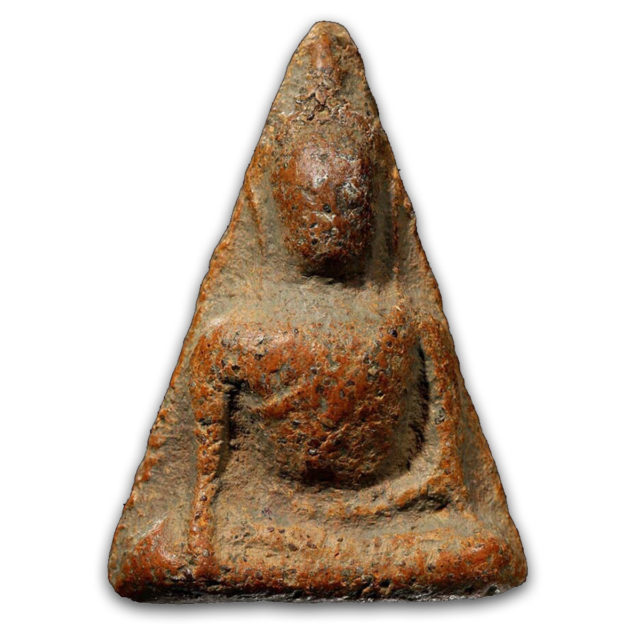
Pra Nang Paya Pim Ok Noon Yai Benjapakee Amulet
Phra Nang Phaya: This amulet is known for its power to bring attractiveness, respect, and safety. It was created during the Ayutthaya era in Pitsanulok province. The temple where they were found was said to be built to make merit for the Queen, the mother of King Naresuan. This amulet is believed to bring good luck and status, and wealth to the wearer, and is a very femenine looking Buddha image in triangular frame, hence its name ‘Nang Phaya’ meaning ‘Lady of High Status’. In fact though, it is a Buddha image, not an image of a lady. Because it is a small image, it is highly preferred by Thai Buddhists to give to women or children to wear.
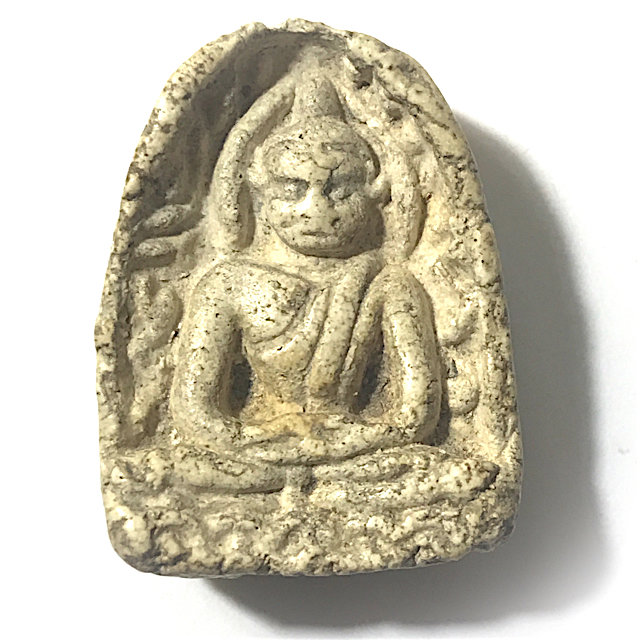
Phra Sumkor: This amulet is known for its power to bring prosperity. It was discovered in Wat Phra Boromathat in Gumpangpeth province. The amulets are believed to have been created by 11 hermits using special materials and invited Devas to create the molds.
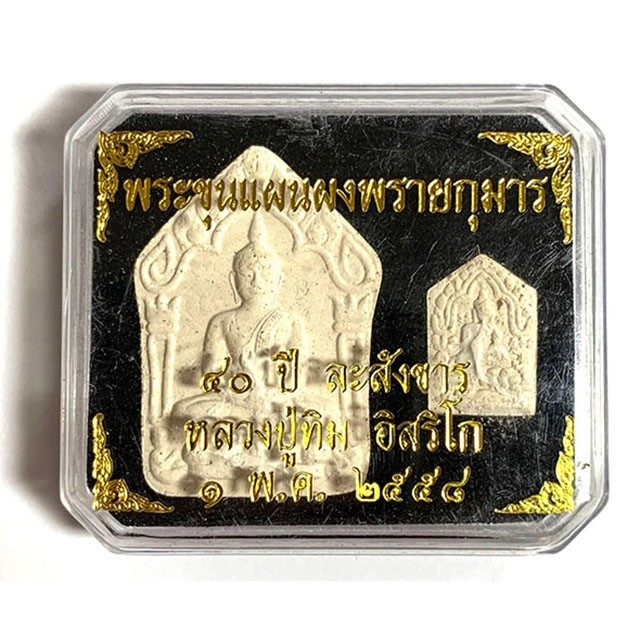
Khun Phaen Prai Kumarn Chud Koo Nuea Khaw La Sangkharn 60 Wat Laharn Rai
Phra Khun Phaen: This amulet is believed to bring power, wealth, and success to its owner. It is often depicted either as a Buddha image seated within a flamed arch, or as a Thai warrior, depicting the legendary figure of Khun Phaen from the Khun Chang Khun Phaen legends, and it is said that the amulet can help his owner to gain wealth, receive blessings of mercy charm and preference from others, gambling and lottery luck, power of seductive attraction, and to convince, as well as protective magic.
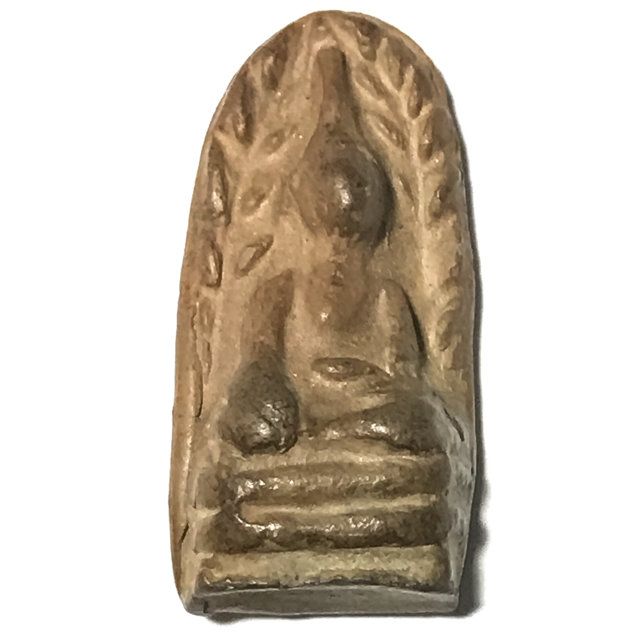
Phra Rod: Phra Rod Thai amulet is one of the most popular and sought-after amulets in Thailand. It is said to have been created by a hermit in the 7th century, and is believed to bring its owner protection from harm, good fortune, and success. The amulet is made of clay and is often inscribed with Buddhist symbols. It is typically worn around the neck or on a bracelet. This amulet is known for its power to protect against danger and disaster. It was created by a hermit and was first discovered during the reign of King Rama V. The amulets are made of clay and some are over 1,250 years old.
- The Phra Rod amulet is said to have its origins in the town of Lamphun, in northern Thailand. According to legend, a hermit named Na Rod created the amulets in order to protect the town from harm. The amulets were said to be so effective that they were able to repel invaders and natural disasters.
- The popularity of the Phra Rod amulet grew in the 19th century, when it was adopted by the Thai royal family. King Mongkut, the most famous of the Chakri monarchs, was a devout Buddhist and a great believer in the power of amulets. He is said to have worn a Phra Rod amulet himself, and he encouraged his subjects to do the same.
- The Phra Rod amulet is still popular today, and is often given as a gift to mark special occasions. It is also a popular item among collectors, and can fetch high prices at auction.
Here are some of the benefits of wearing a Phra Rod Thai amulet:
- Protection from harm: The amulet is said to protect its owner from harm, both physical and spiritual.
- Good fortune: The amulet is said to bring its owner good fortune in all aspects of their life, including business, relationships, and health.
- Success: The amulet is said to help its owner achieve success in their endeavors.
If you are looking for an amulet that can bring you protection, good fortune, and success, then the Phra Rod Thai amulet is a great option. It is a powerful amulet with a long and rich history.
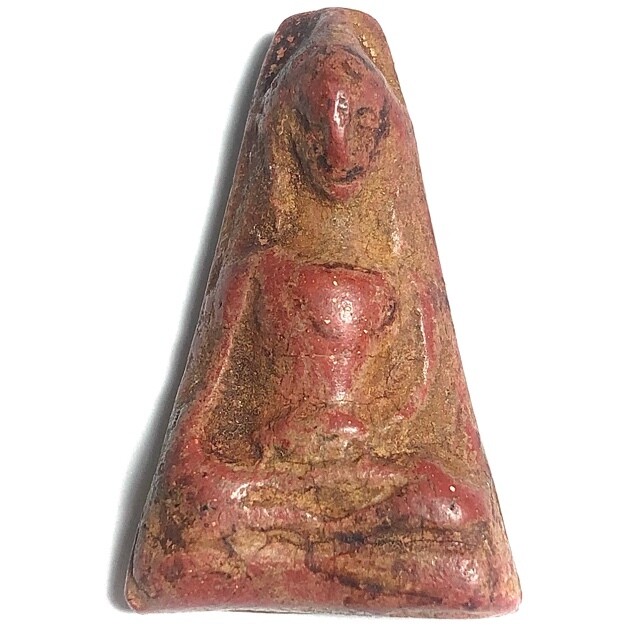
Phra Phong Suphan: This amulet is known for its power to bring good luck and protection. It was discovered in Wat Phra Sri Ratanamahathat in Supan Buri province. The amulets are made of a mixture of clay, herbs, and pollen and are believed to have been created by Phra Mahathera PiyaThassi Saribut during the period of King Bormrajathiraj 2nd. Phra Phong Suphan is a type of Thai amulet that is considered to be one of the most powerful and valuable in the country. It is believed to bring good luck, protection, and prosperity to its owner. The amulets were first discovered in 1913 by a monk who was digging in the grounds of Wat Phra Sri Rattanamahathat in Suphanburi Province.
The monk found a number of pits filled with the amulets, which were made of a mixture of clay, herbs, and pollen. The amulets are believed to have been created by a group of monks in the Ayutthaya period (1350-1767) and were buried in the ground to protect them from invaders.Phra Phong Suphan amulets come in a variety of shapes and sizes, but the most common type is a small, rectangular plaque. The amulets are often decorated with images of Buddha, but they can also be found with other religious symbols, such as the Hindu god Ganesha. The amulets are said to have a number of magical properties, including the ability to ward off evil spirits, bring good luck, and protect the wearer from harm.Phra Phong Suphan amulets are highly sought-after by collectors and amulet enthusiasts. The value of the amulets can vary depending on their age, condition, and rarity. However, even common amulets can fetch high prices, as they are believed to be imbued with great power.
Here are some of the benefits of owning a Phra Phong Suphan amulet:
- Good luck: It is believed that Phra Phong Suphan amulets can bring good luck to their owners. This can manifest in a variety of ways, such as increased wealth, success in business, or good health.
- Protection: Phra Phong Suphan amulets are also believed to offer protection from harm. This can include protection from physical harm, such as accidents or injuries, as well as protection from spiritual harm, such as evil spirits or bad luck.
- Prosperity: It is also believed that Phra Phong Suphan amulets can bring prosperity to their owners. This can manifest in the form of increased wealth, success in business, or good fortune in general.
If you are looking for a powerful and valuable Thai amulet, then Phra Phong Suphan is a great option. These amulets are believed to offer a wide range of benefits, including good luck, protection, and prosperity
Jatukham Ramathep: This amulet is believed to bring good luck, protection, and success to its owner. It is often depicted as a handsome man, and it is said that he can help his owner to achieve their goals.
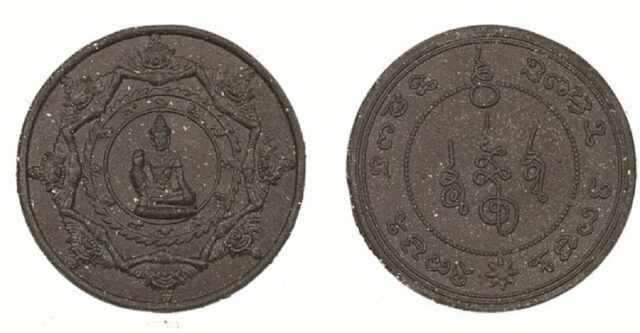
Phra Kring: The Phra Kring amulet is believed to bring good luck, protection, and health to its owner. It is often made from a mixture of metal and gemstones, and it is said that it can help its owner to ward off disease and live a long and healthy life.
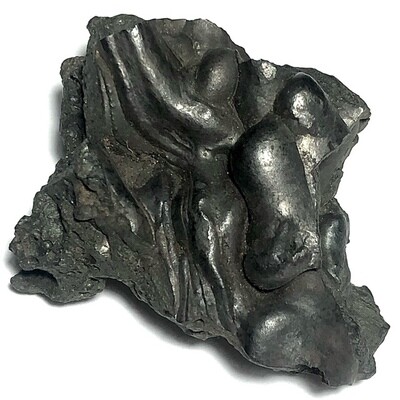
Lek Lai: This amulet is believed to bring good luck, protection, and power to its owner. It is a type of magical stone that is said to have been created by alchemists and sorcerer-monks, who sense the presence of Deva inhabited substance within the cave walls, and have the power to invoke it to exude from the cavern and allow itself to be extracted, and used to assist humans with magical miracles.
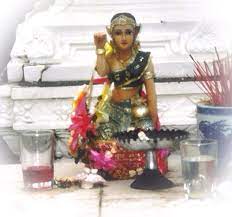
Nang Kwak, the benevolent guardian of shop owners and merchants, holds a special role in their prosperity. She is often found adorning a prominent spot, perched atop a wooden or ornate red and gold lintel known as ‘Hing’ in Thai culture. To honor Nang Kwak and seek her blessings, offerings of “Nam Daeng,” a sweet red syrupy drink commonly used in Bucha rituals, are presented. Incense and flower garlands are also offered to please her, attracting customers and boosting sales. When expressing devotion to Nang Kwak and seeking her divine favor, the sacred chant of Kata Nang Kwak is recited. Nang Kwak’s presence within a business establishment is believed to enhance customer flow and drive sales. The enchanting Nang Kwak is a widely embraced magical cloth Yantra, prevalent in various businesses across Thailand. Additionally, one can find Nang Kwak revered in the form of a statue, symbolizing her significance and esteemed position in commerce.
Nangkwak: This amulet is believed to bring good luck, love, and protection to its owner. It is often depicted as a beautiful woman, and it is said that she can help her owner to attract the attention of the opposite sex and to overcome obstacles.
Takrut – A magical scroll Talisman, with incantations and Sacred Geometry spells inscribed, usually worn on a neckchain or on a cord belt around the waist, and believe to bring various effects, depending on the maker and the type of spell imbued within the Takrut
Look Om – Muan Sarn Sacred Powder Balls made from a large array of sacred substances (Muan Sarn Sacred Powders), depending on the maker and ‘Wicha’ (magic spell and its object of intent).
Necromantic Charms (Black Magic) – Amulets and effigies with purported spirits dwelling within them, such as the Kuman Thong, Pra Grasip, and Hoeng Prai Deva ghosts. These charms use necromantic substances and invocations to empower with.
Buddha amulets are highly significant in Thai culture, representing miniature versions of the Buddha and other sacred entities. These small charms are believed to bestow protection, good fortune, and invincibility upon those who wear them. The origins of Buddha amulets can be traced back to Thailand’s strong Buddhist traditions, and they serve as physical reminders of the Buddha’s teachings and a source of inspiration in daily life. These amulets hold cultural and historical value, offering insights into Thailand’s spiritual heritage and serving as symbols of national identity.
The most famous and highly sought-after set of Thai amulets is the Benja Pakee, consisting of five rare amulets: Phra Somdej Wat Rakhang, Phra Rod, Phra Nang Phaya, Phra Phong Suphan, and Phra Sum Kor. Phra Somdej, known as the “king of amulets,” is particularly revered. Another significant amulet is the Phra Pidta, also known as the “Closed-Eye Buddha,” which is associated with good luck and protection from harm. The Luang Phor Tuad amulet depicts the miracle monk Luang Phor Tuad and is sought after for its protective and blessing qualities.
